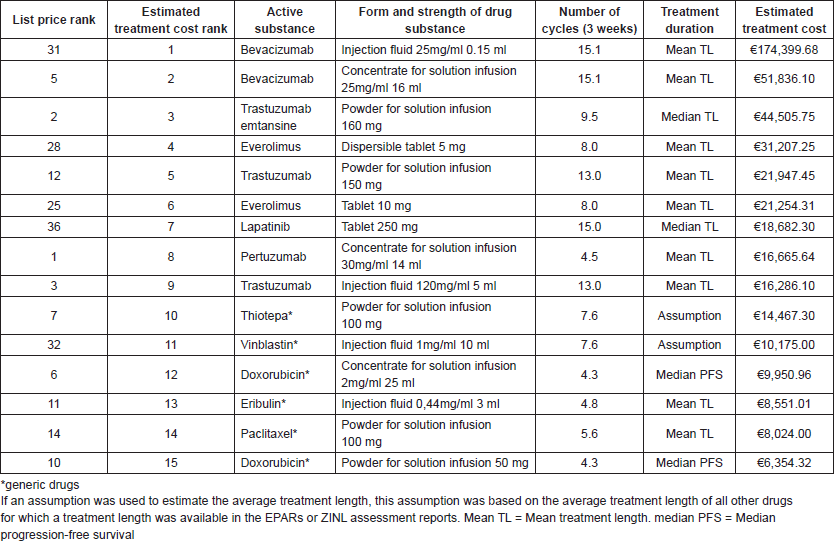Tissue Changes
that Are Not Cancer
Not
every change in the body’s tissues is cancer. Some tissue changes may develop
into cancer if they are not treated, however. Here are some examples of tissue
changes that are not cancer but, in some cases, are monitored:
Hyperplasia
occurs when cells within a tissue divide faster than normal and extra cells
build up, or proliferate. However, the cells and the way the tissue is
organized look normal under a microscope. Hyperplasia can be caused by several
factors or conditions, including chronic irritation.
Dysplasia
is a more serious condition than hyperplasia. In dysplasia, there is also a
buildup of extra cells. But the cells look abnormal and there are changes in
how the tissue is organized. In general, the more abnormal the cells and tissue
look, the greater the chance that cancer will form.
Some
types of dysplasia may need to be monitored or treated. An example of dysplasia
is an abnormal mole (called a dysplastic nevus) that forms on the skin. A
dysplastic nevus can turn into melanoma, although most do not.
An
even more serious condition is carcinoma in situ. Although it is sometimes
called cancer, carcinoma in situ is not cancer because the abnormal cells do
not spread beyond the original tissue. That is, they do not invade nearby
tissue the way that cancer cells do. But, because some carcinomas in situ may
become cancer, they are usually treated.
Normal
cells may become cancer cells. Before cancer cells form in tissues of the body,
the cells go through abnormal changes called hyperplasia and dysplasia. In
hyperplasia, there is an increase in the number of cells in an organ or tissue
that appear normal under a microscope. In dysplasia, the cells look abnormal
under a microscope but are not cancer. Hyperplasia and dysplasia may or may not
become cancer.


